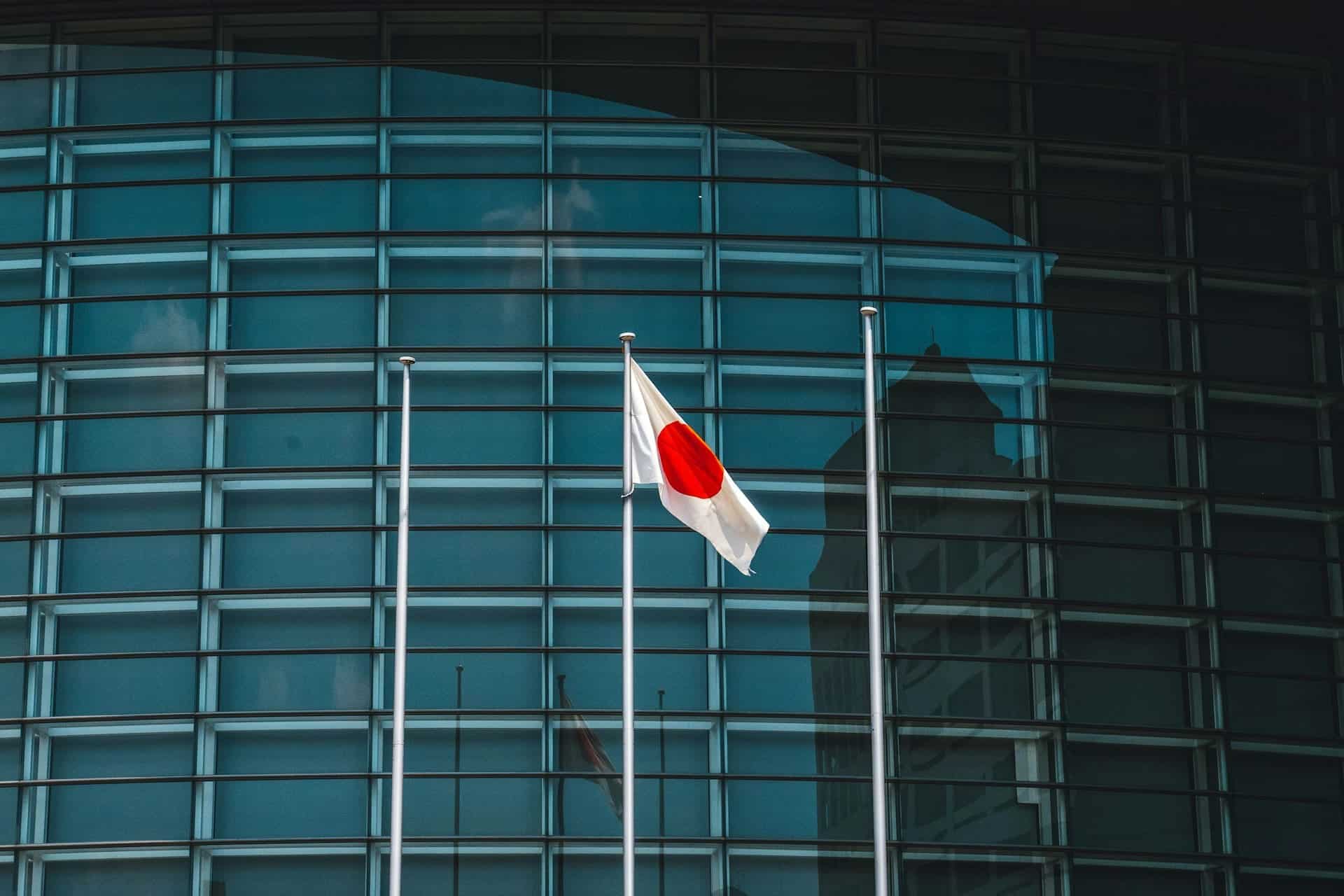The global obsession with artificial intelligence has put Nvidia at the center of attention. With their graphics chips transformed into engines of the new digital economy, the American company has seen unprecedented boosts in revenue, margins, and stock value. However, at the other end of the supply chain, in southern Japan, a number of small companies experience a very different reality: their products are just as essential for chip manufacturing but are unable to capitalize on the AI boom.
One such company is Marumae, based in Kagoshima, which produces vacuum components for semiconductor fabrication equipment. Its president, Toshikazu Maeda, candidly explained in a recent interview, “Our clients are making more than ever, but it’s hard for us to improve margins because the market is extremely fragmented.”
To understand this situation, it’s important to look back. Japan was the undisputed leader in the semiconductor industry in the 1980s. In 1987, companies like NEC, Toshiba, and Hitachi controlled no less than 80% of the global DRAM market. Just seven years earlier, their share was 25%. The rapid rise caused diplomatic tensions with the U.S., culminating in the 1986 Semiconductor Agreement, aimed at limiting Japan’s expansion.
Four decades later, the landscape has shifted dramatically. Japan no longer dominates chip production but has become an indispensable part of the global supply chain, especially in semiconductor equipment and materials. Today, Japan remains a global leader in lithography chemicals, silicon wafers, and precision machinery. However, the ecosystem is characterized by high specialization and significant fragmentation.
Marumae illustrates this well. The company manufactures vacuum parts, an essential component in lithography and chip etching equipment. Although vital, this niche generates less than 100 billion yen annually in domestic sales (about $680 million). In perspective, Nvidia earned over $60 billion in 2024, and TSMC surpassed $80 billion.
Marumae holds an estimated 7% market share in Japan, making it one of the largest players in its segment. Yet, its margins hover around 10%, compared to nearly 30% for major clients like Tokyo Electron or Applied Materials.
The reason is clear: the market is populated by dozens of small to medium-sized companies, many family-run and supported by regional banks. This highly fragmented structure prevents any attempt at consolidation that could give them bargaining power. According to Maeda, “no one wants to sell,” which blocks potential mergers or acquisitions that could strengthen the sector.
This fragmentation is a major brake in the midst of an AI renaissance. While the demand for chips for AI applications is exploding, lack of sector consolidation means these component companies cannot pass increased prices onto their clients—even though their products are absolutely critical.
As a result, while Nvidia and equipment manufacturers enjoy record profits, small supplier firms remain on the periphery, stuck in low-margin businesses. This demonstrates how the tech value chain can concentrate benefits in certain segments, leaving others to survive with minimal profit margins.
This dichotomy resembles the “invisible boom.” While chip manufacturing giants like ASML or Tokyo Electron are thriving thanks to the AI surge, the component suppliers—like valves, vacuum chambers, and precision parts—are unable to capture that growth.
Part of the issue lies in high exit barriers. Many of these companies are long-standing family firms prioritizing regional employment and continuity over short-term margin maximization. This cultural and business logic explains why attempts at consolidation often fail.
Furthermore, these small firms are especially vulnerable to geopolitical risks. Unlike giants such as TSMC, Samsung, or Intel, they lack the leverage to negotiate with governments or secure billions in subsidies. Their reliance on few clients and lack of diversification expose them to supply chain disruptions.
The ongoing tech war between the U.S. and China adds pressure. Export restrictions on advanced equipment or tariff impositions can hit these suppliers harder than the big players, which have more capacity to absorb impacts or influence policy exceptions.
Despite their size, these firms are crucial. Without vacuum and precision components from companies like Marumae, Tokyo Electron wouldn’t be able to produce their equipment; without that equipment, TSMC, Samsung, or Intel wouldn’t be able to manufacture advanced chips.
This reminds us that even the smallest pieces support the entire semiconductor architecture. Not benefiting from the boom does not mean they are non-essential. On the contrary, the industry’s strength depends on these invisible players continuing to fulfill their roles.
The central question remains: can Japan develop a strategy to strengthen these suppliers? One option is promoting sector consolidation, though cultural and financial factors make this difficult. Alternatively, greater government support through subsidies or soft loans could ensure these companies can invest in innovation and withstand price pressures.
As technological sovereignty becomes a strategic issue worldwide, safeguarding these suppliers should be part of any long-term industrial policy.
The broader concern is whether this fragile link in the AI supply chain can survive in the long run. If smaller providers do not benefit from the AI boom, the entire global supply chain risks becoming even more vulnerable.
FAQ
1. Why do Japanese component manufacturers not benefit from Nvidia’s and AI’s rise?
Because the sector is highly fragmented, which prevents them from negotiating higher prices with much larger clients. Despite their products being essential, the lack of consolidation limits their profit margins.
2. How do the margins of large equipment manufacturers compare to those of their suppliers?
Companies like Tokyo Electron or Applied Materials enjoy margins close to 30%, whereas component suppliers like Marumae rarely exceed 10%.
3. What is the size of Japan’s vacuum component market for chip equipment?
It’s valued at less than 100 billion yen per year, roughly $680 million in domestic sales.
4. What role do these companies play in the global supply chain?
Although small and with thin margins, they produce critical components without which lithography and etching equipment couldn’t operate, essential for producing advanced chips.

